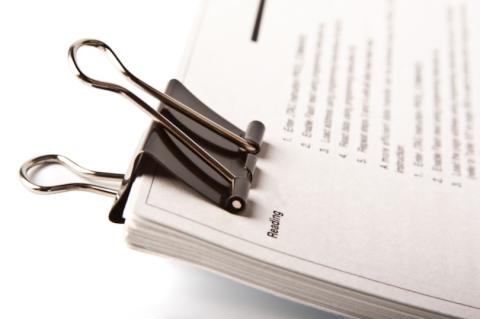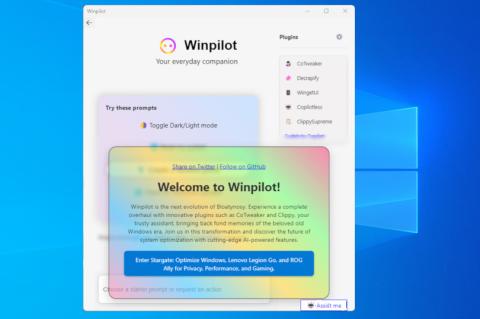Die L-Serie beschäftigt sich mit der Konstruktion, Installation und dem Schutz von Kabeln und anderen Außenanlagen.
L.1
Construction, installation and protection of telecommunication cables in public networks
L.2
Impregnation of wooden poles
L.3
Armouring of cables
L.4
Aluminium cable sheaths
L.5
Cable sheaths made of metals other than lead or aluminium
L.6
Methods of keeping cables under gas pressure
L.7
Application of joint cathodic protection
L.8
Corrosion caused by alternating current
L.9
Methods of terminating metallic cable conductors
L.10
Optical fibre cables for duct, tunnel, aerial and buried application
L.11
Joint use of tunnels by pipelines and telecommunication cables, and the standardization of underground duct plans
L.12
Optical fibre joints
L.13
Sheath joints and organizers of optical fibre cables in the outside plant
L.14
Measurement method to determine the tensile performance of optical fibre cables under load
L.15
Optical local distribution networks - Factors to be considered for their construction
L.16
Conductive plastic material (CPM) as protective covering for metal cable sheaths
L.17
Implementation of connecting customers into the public switched telephone network (PSTN) via optical fibres
L.18
Sheath closures for terrestrial copper telecommunication cables
L.19
Outside plant copper networks for ISDN services
L.20
Creation of a fire security code for telecommunication facilities
L.21
Fire detection and alarm systems, detector and sounder devices
L.22
Fire protection
L.23
Fire extinction - classification and location of fire extinguishing installations and equipment on premises
L.24
Classification of outside plant waste
L.25
Optical fibre cable network maintenance
L.26
Optical fibre cable for aerial application
L.27
Method for estimating the concentration of hydrogen in optical fibre cables
L.28
External additional protection for marinized terrestrial cables
L.29
As laid report and maintenance/repair log for marinized terrestrial cable installation
L.30
Markers on marinized terrestrial cables
L.31
Optical fibre attenuators
L.32
Protection devices for through-cable penetrations of fire-sector partitions
L.33
Periodic control of fire extinction devices in telecommunication buildings
L.34
Installation of Optical Fibre Ground Wire (OPGW) cable
L.35
Installation of optical fibre cables in the access network
L.36
Single mode fibre optic connectors
L.37
Fibre optic (non-wavelength selective) branching devices
L.38
Use of trenchless techniques for the construction of underground infrastructures for telecommunication cable installation
L.39
Investigation of the soil before using trenchless techniques
L.40
Optical fibre outside plant maintenance support, monitoring and testing system
L.41
Maintenance wavelength on fibres carrying signals
L.42
Extending optical fibre solutions into the access network
L.43
Optical fibre cables for buried application
L.44
Electric power supply for equipment installed as outside plant
L.45
Minimizing the effect on the environment from the outside plant in telecommunication networks
L.46
Protection of telecommunication cables and plant from biological attack
L.47
Access facilities using hybrid fibre/copper networks
L.48
Mini-trench installation technique
L.49
Micro-trench installation technique
L.50
Requirements for passive optical nodes: Optical distribution frames for central office environments
L.51
Passive node elements for fibre optic networks - General principles and definitions for characterization and performance evaluation
L.52
Deployment of Passive Optical Networks (PON)
L.53
Optical fibre maintenance criteria for access networks
L.54
Splice closure for marinized terrestrial cables (MTC)
L.55
Digital database for marine cables and pipelines
L.56
Installation of optical fibre cables along railways
L.57
Air-assisted installation of optical fibre cables
L.58
Optical fibre cables: Special needs for access network
L.59
Optical fibre cables for indoor application
L.60
Construction of optical/metallic hybrid cables
L.61
Optical fibre cable installation by floating technique
L.62
Practical aspects of unbundling services by multiple operators in copper access networks
L.63
Safety procedures for outdoor installations


